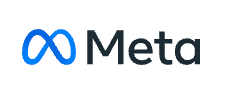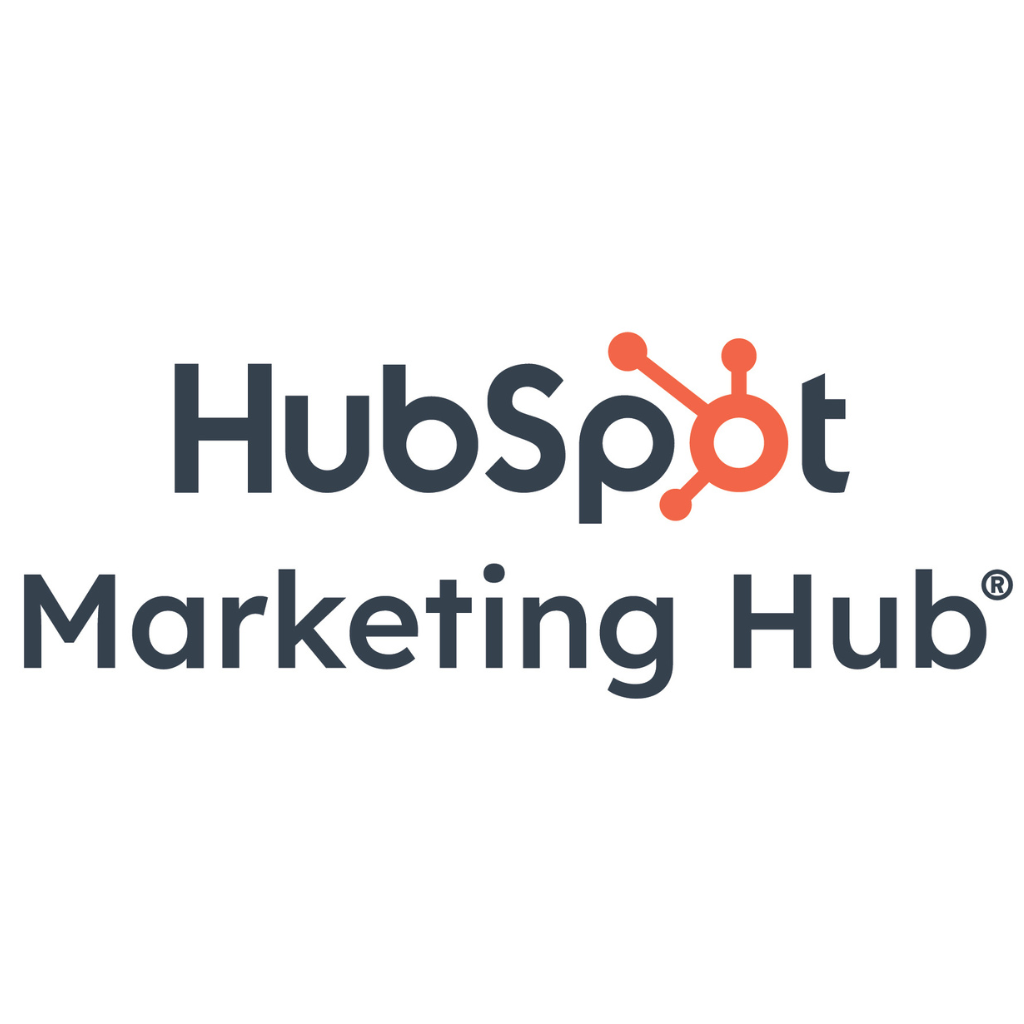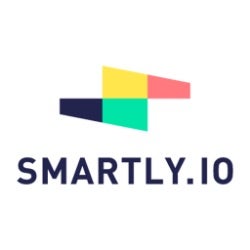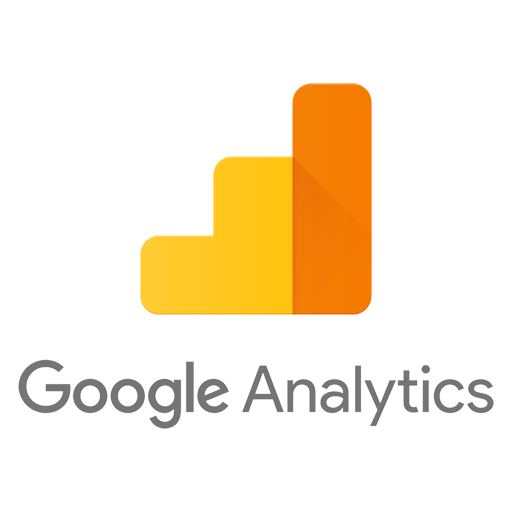Meta Advertising
The meta platforms Instagram and Facebook are the first choice for many companies when it comes to attracting new customers. A quarter of the global budget spent annually on internet advertising ends up on meta. OMR shows the benefits of meta advertising for your brand - and lists tools, training and resources to help you get started.
Why are Meta Ads worth it?
“Who is still on Facebook today?” - you may have heard this sentence before. The platform's usage statistics provide a clear answer: quite a lot!
According to Statista, Facebook was the most used social media network in the world in 2024 with over three billion monthly active users (MAU). Instagram, which also belongs to Meta, is in third place behind YouTube with two billion users.
Target groups and targeting
In terms of user numbers, no other ecosystem comes close to the reach and quality of meta advertising. To be clear: the probability that your target group is on Facebook and Instagram is high. You can reach these target groups very precisely using the targeting settings of the Ads Manager - whether they are people who eat vegan food or fans of FC Bayern.
Sophisticated ads manager
Advertising on Instagram and Facebook is controlled centrally via the so-called meta ads manager. There are two reasons why the meta platforms are superior here compared to other ad managers.
- Firstly, they have simply been around for longer.
- While TikTok only really took off in Germany in 2018, the meta ad manager has been around since 2004.
- Secondly, the meta algorithm has more advertising data and is therefore better able to find the right person for your products. The scatter loss of your ads is therefore low.
You can also achieve organic reach on both platforms, i.e. gain new followers or customers through regular posts and interactions. However, if you want to grow faster, meta ads are the better choice, as you can gain new users without having to build up a community.
Advantages of meta advertising
- Flexibility with ad formats: Meta Ads support various ad formats such as image, video and carousel ads and this on platforms such as Facebook, Instagram or Messenger. This gives you flexibility in terms of playout and creatives.
- Targeting: You can use various targeting options. These include targeting based on a specific location, age, gender and language of users, as well as their interests and behavior on the platform.
- Tracking and analysis: Meta's integrated analysis tools make it possible to track and analyze the performance of your ads in real time. This makes it easy for you to optimize your ads.
- Reach: You can present your ads to a wide audience in different niches and spheres of interest. In Germany, 23.9 million people use Facebook and 30.35 million people use Instagram regularly (source: We are Social).
Advertising opportunities of the meta platforms
Meta advertising no longer only includes newsfeed ads, but also ads in stories, in reels, in Messenger and in the Meta Audience Network. The placements on Instagram and Facebook can also be displayed as image, video and carousel ads.
As an advertiser, you can therefore bring your advertising to the target group via different formats and thus vary the messages and presentation - an advantage over other advertising providers.
Examples of advertising placements with Meta
- Feed placement (Instagram, Facebook, Messenger ...)
- Story placement (Instagram, Facebook, Messenger ...)
- Video placement (Facebook In-Stream, Reels ...)
- Search placements (Facebook Search, Instagram Explore ...)
- Sponsored messages (Messenger)
- Apps and websites (Audience Network)
Tools for Meta Ads
The central tool in Meta Advertising is Meta's Business and Advertising Manager (formerly Facebook Ads Manager). However, this alone is often not enough. The advertising strategy on Meta should always be embedded in the overall context of a company. Data plays an important role here.
Meta's integrated analysis tools already make it possible to track and analyze the key performance indicators (KPIs) of an ad in real time. However, in order to meet the increasing challenges in performance marketing and e-commerce, the use of additional tools is recommended.
Third-party platforms for ads
Third-party platforms - tools outside of Meta's advertising manager - can help with campaign creation. Such tools make it easier to create ads or enable workflows to place and manage ads more quickly. This is particularly useful if you want to place ads not only on Meta, but also on other platforms.
Business intelligence tools
Business intelligence tools, or BI tools for short, also help to bring transparency to your company's data and bundle key figures from different sources.This allows you to keep an eye on the success of meta advertising in conjunction with other marketing channels.Instead of just looking at sales at ad level, BI tools focus on the overall profitability of the company.
Differences to other advertising channels
For a better understanding and the correct classification of meta ads in the marketing map, it is necessary to bear in mind the central differences to other forms of advertising and, above all, to search advertising (SEA). It helps to keep the following guiding principle in mind:
“Nobody logs into Instagram or Facebook to buy products, apply for a job or sign up for a newsletter.”
Contrasts with traditional forms of advertising
While traditional marketing disciplines such as content marketing often pursue objectives that are difficult to measure, such as increasing brand awareness, meta advertising is a performance marketing channel. It has a data-based strategy with clearly quantifiable results.
The focus here is on actions such as clicks, conversions and sales. The ultimate goal is to maximize the return on investment (ROI) - the higher the ROI, the more efficient the advertising proves to be.
Difference to Google Ads
Even though Meta is often seen as a rival to Google in the advertising market, the environment and context in which users are presented with ads are different.
One difference is the user intent, i.e. the motivation of the users at the time they are addressed with an advertisement:
- Google Ads is a pull channel that allows advertisers to target ads to a specific user need. If a user is looking for a voucher for a restaurant in their own city, advertisers can use Google Ads to place suitable ads for specific searches.
- Meta advertising, on the other hand, is a push channel. For example, users may scroll through the timeline or swipe through stories and be exposed to the content of their friends and liked pages. The approach in the ad is therefore different and must first arouse the user's interest.
Your Google Ads strategy is therefore not transferable to your advertising measures on Meta. It is important that you think about how you can convince potential customers of your company and offer with your messages at the beginning.
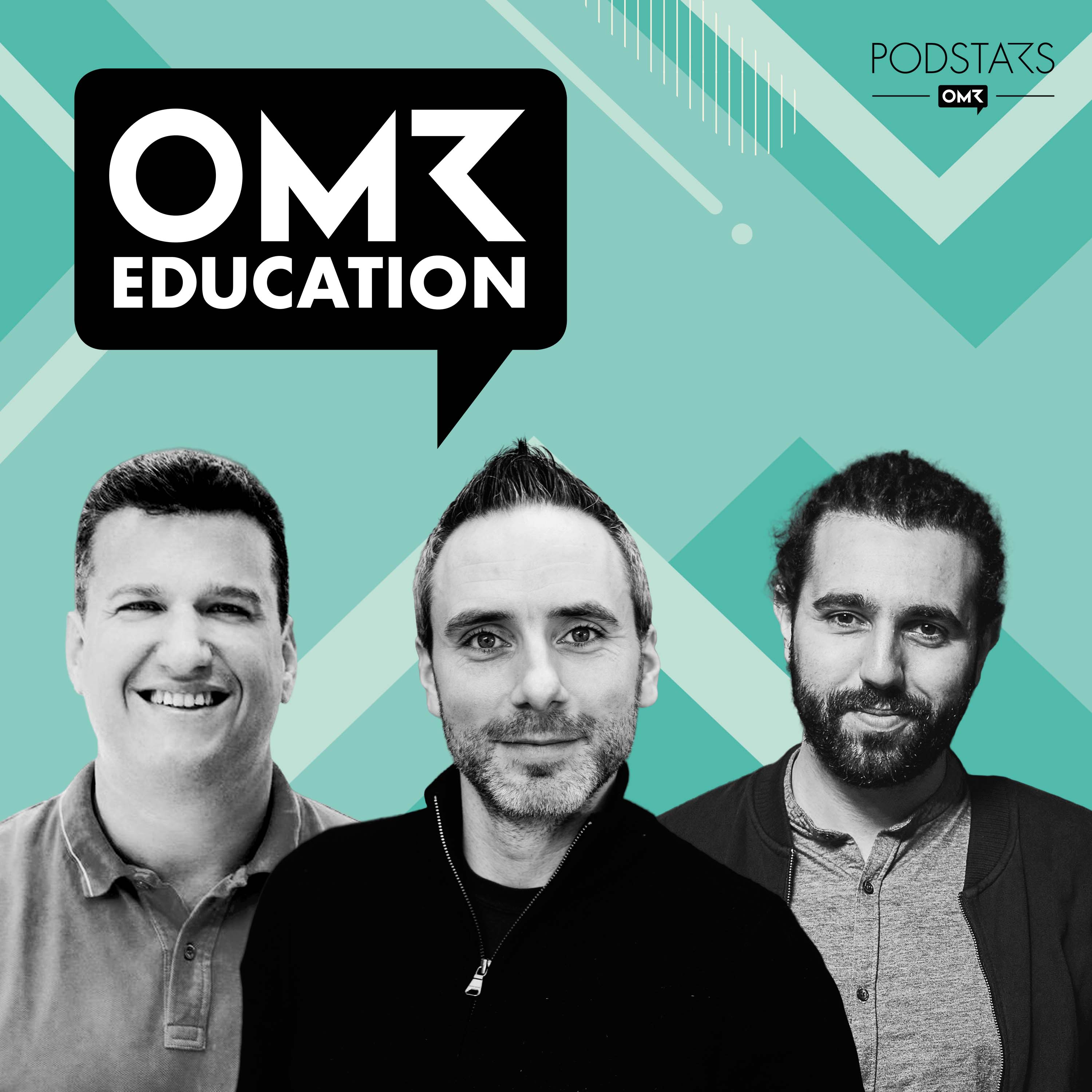
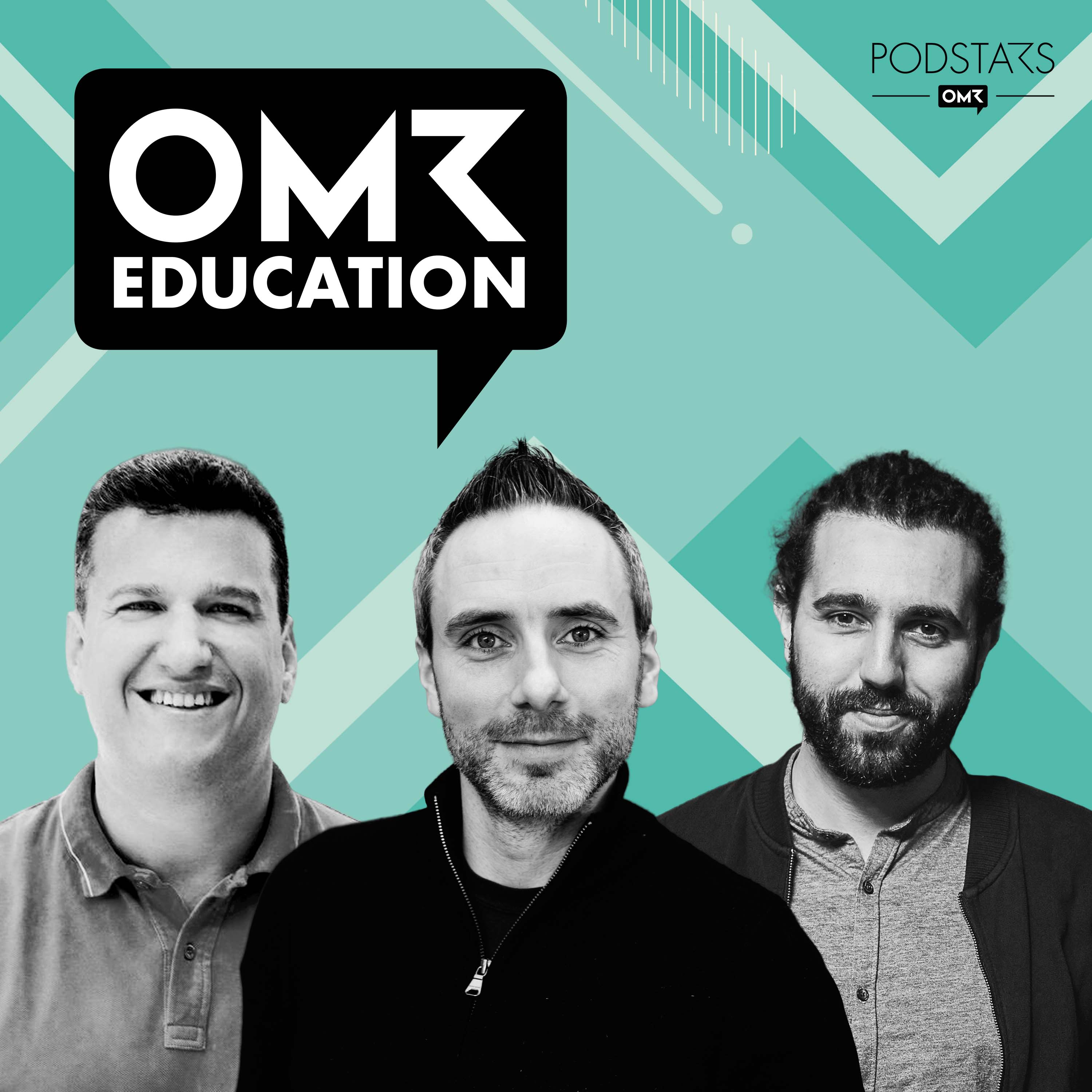
Meta Ads in transition
Meta advertising has also changed a lot over the years. When the meta advertising business took off in the 2010s, a lot of time and money was invested in order to be at the forefront of target group hacking. This refers to an approach in which individual target groups are manually compiled in the Ads Manager so that the ads actually reach people for whom the product is relevant.
Today, target group hacking is no longer necessary. The meta algorithms and AI features in the Ads Manager can do this work for you. Nowadays, the creative - your messages and images - is much more important.
How to get started with Meta Ads
To place meta ads, you always need an advertising account with Facebook. To do this, you first need access to the Business Manager. You can access it at business.facebook.com. As a first step, you should familiarize yourself with the basic functions of the Business Manager. You can also use the Business Manager to access the Ads Manager, where you will later place the ads.
Business Manager from Meta
The Business Manager is a kind of project management tool for your Meta Advertising. It allows you to control, manage and monitor your ad activities across all Meta platforms . To use the Business Manager, you first need a private Facebook profile to confirm your identity. If you have not used the Business Manager before, you can create an account now.
Ad manager
You can access Meta's Ads Manager via the Business Manager. This is where you create your campaigns. A campaign on Facebook is always divided into three stages. The campaign itself is the top level and includes the basic objective. At this level, you define what you specifically want to achieve with a campaign. The ad groups define the output variables of your campaigns. Here you can define your target group, set your budget and the spending period and determine the bid price. Finally, at the ad level, you determine the actual ad.
Create and optimize campaigns
Campaign and ad setup - if done correctly - is anything but trivial. Above all, the targeting functions, the structure of a campaign and budget optimization should be practiced.
In addition, ad formats, ad design and ad distribution have changed over the years. Some approaches or tactics to make your ad more successful have become obsolete, others have changed and for a long time there was simply no strategy at all for formats such as reel ads.
It is therefore important that you stay up to date and find out what standards have been established for the design and planning of meta advertising. At OMR Education, we offer suitable training on the topic.
